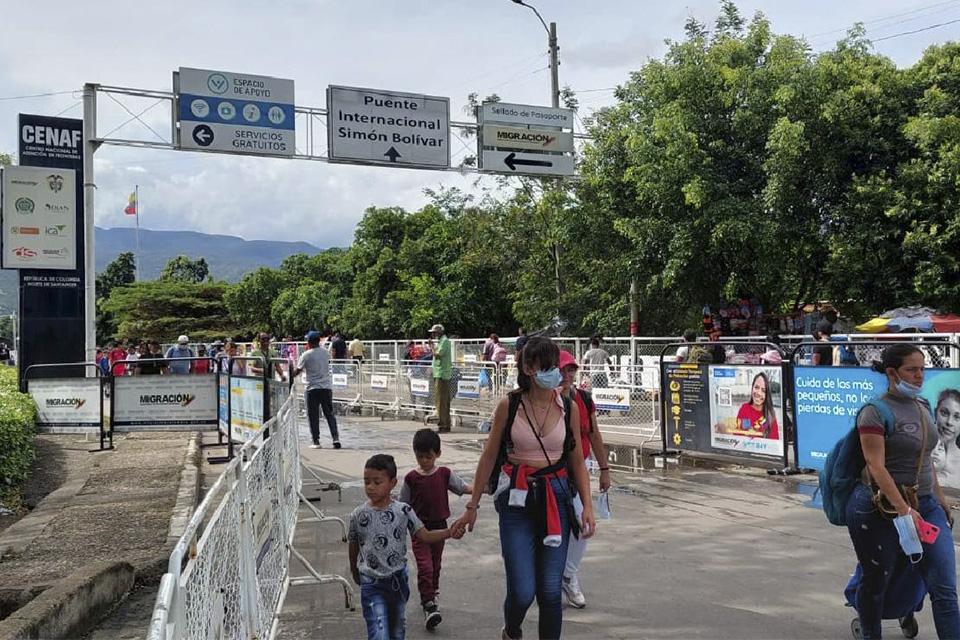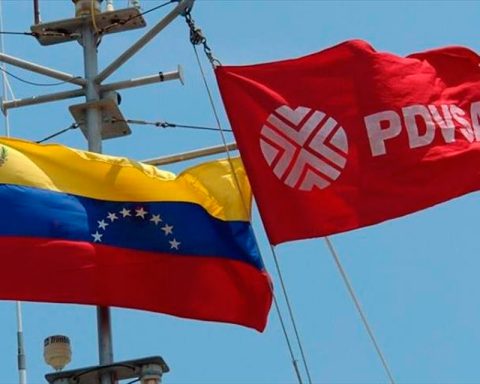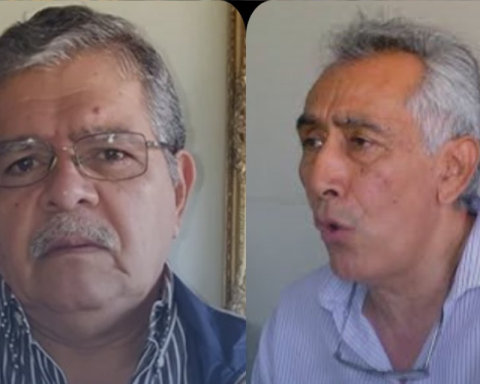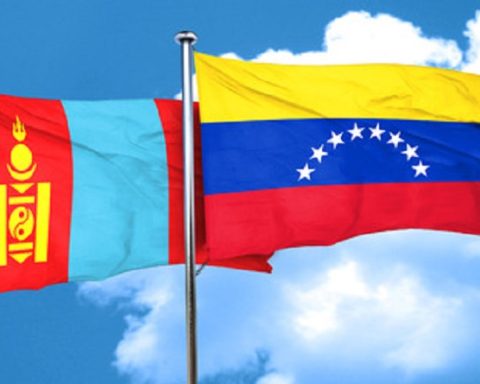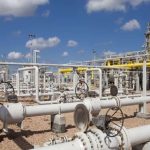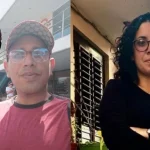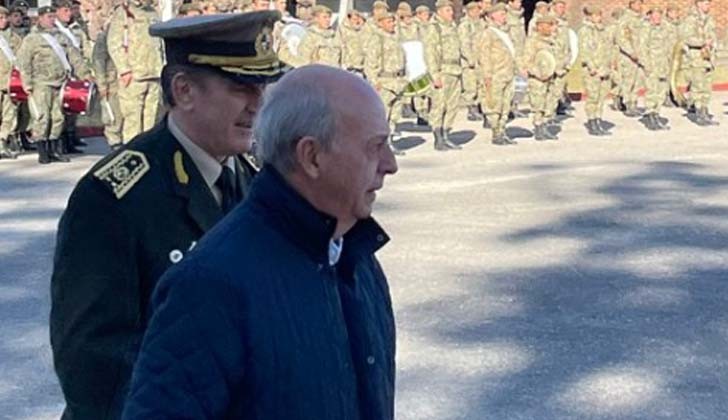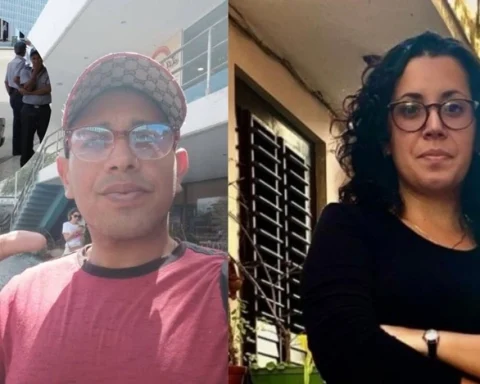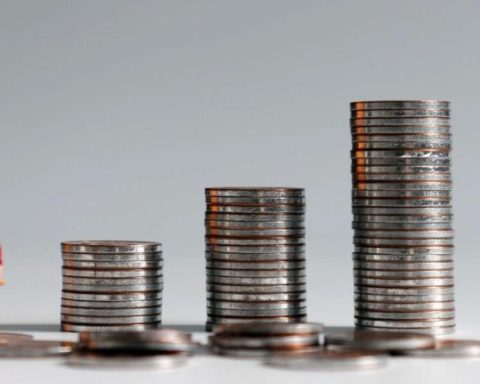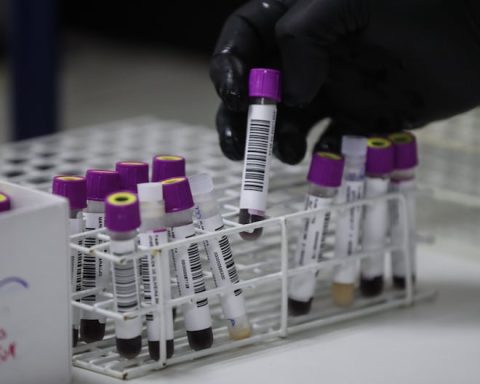Vladimir Lindarte, secretary of the government of Villa del Rosario (Colombia), indicated that the reorganization plan seeks to improve the mobility of the thousands of Venezuelan passers-by who arrive at La Parada every day.
After the promise to reestablish commercial exchange between Venezuela and Colombia and the telephone exchange between Nicolás Maduro and Gustavo Petro, who was about to occupy the Casa de Nariño; in La Parada (Norte de Santander) the reorganization of the corregimiento began.
The relocation of informal vendors, cart operators, taxi drivers and motorcycle taxi drivers is part of the plan.
Vladimir Lindarte, secretary of the government of Villa del Rosario (Colombia), in the company of the Colombian National Police and the municipal transit police, offered, last Tuesday, June 28, details of the preparations for the opening of the border and the resumption of trade between both countries.
* Read: Trade between Colombia and Venezuela could triple in 2022 after Petro’s victory
“The border has been open for pedestrian crossing. What is going to be reactivated is the passage of vehicles (…) We want things to be done with organization, responsibility and safety (…) Here we do not come to run over anyone, “said the official.
La Parada, starting point of migration
La Parada is ground zero for those who leave Venezuela due to the crisis. Hundreds of people arrive daily at this hamlet that borders the Colombian side of the Simón Bolívar International Bridge, some from there embark on their way to other destinations; others decide to stay on that side of the border. For many years, this town has been seen as a no man’s land, where anarchy and the law of the strongest reign.
According to statements by Lindarte, this reorganization plan seeks to improve the mobility of the thousands of Venezuelan passers-by who arrive at La Parada every day; he reported The nation.
“The goal is that everyone can work, in an organized way, and without harming anyone, much less those who pay taxes and collaborate financially with the town,” he said.
Lindarte hopes that with the reopening of the border, the more than 100,000 jobs that, in his opinion, were affected since the closure of the bridges in August 2015, will be restored.
* Read: Cavecol positively values the initial rapprochement of Petro’s Colombia with Venezuela
The fences continue
Until this Wednesday, June 29, most of the metal fences installed in the village of La Parada, in Colombia, were still not removed. Also those that divide the two lanes of the Simón Bolívar international bridge (Colombian side), as well as those that border the central part of the town.
Only a few, which obstructed the passage to a part of the formal commerce –and at the request of the owners of the premises, who pay taxes– were removed during the night of Monday, June 27.
More surveillance and security
The mayor of Villa del Rosario, Carlos Julio Socha, reported that he will ask the Colombian Ministry of Defense for a permanent force from the Army to provide security in La Parada for at least six months, a time in which they estimate they will be able to put everything in order.
Likewise, they will request the support of General Óscar Antonio Moreno Miranda, director of the Metropolitan Police of Cúcuta, to increase the police presence in the border area; reviewed The opinion.
“In the same way, I am going to hire more traffic agents to put order in transport and recover the public space that is all invaded,” declared the local president.
“We hope that everything will be organized while we do the urban renewal project. La Parada must be completely cleared and no one can remain there who is not doing the shopping in the commercial premises », he assured.
Socha considers prohibiting the presence of “carrucheros”; they reorganized the illegal bus stops that the drivers had formed around the bridge; and remove some fences to improve foot traffic.
Also read: Iván Duque: “Maduro will not enter Colombian territory while I am the president”
Post Views:
233
